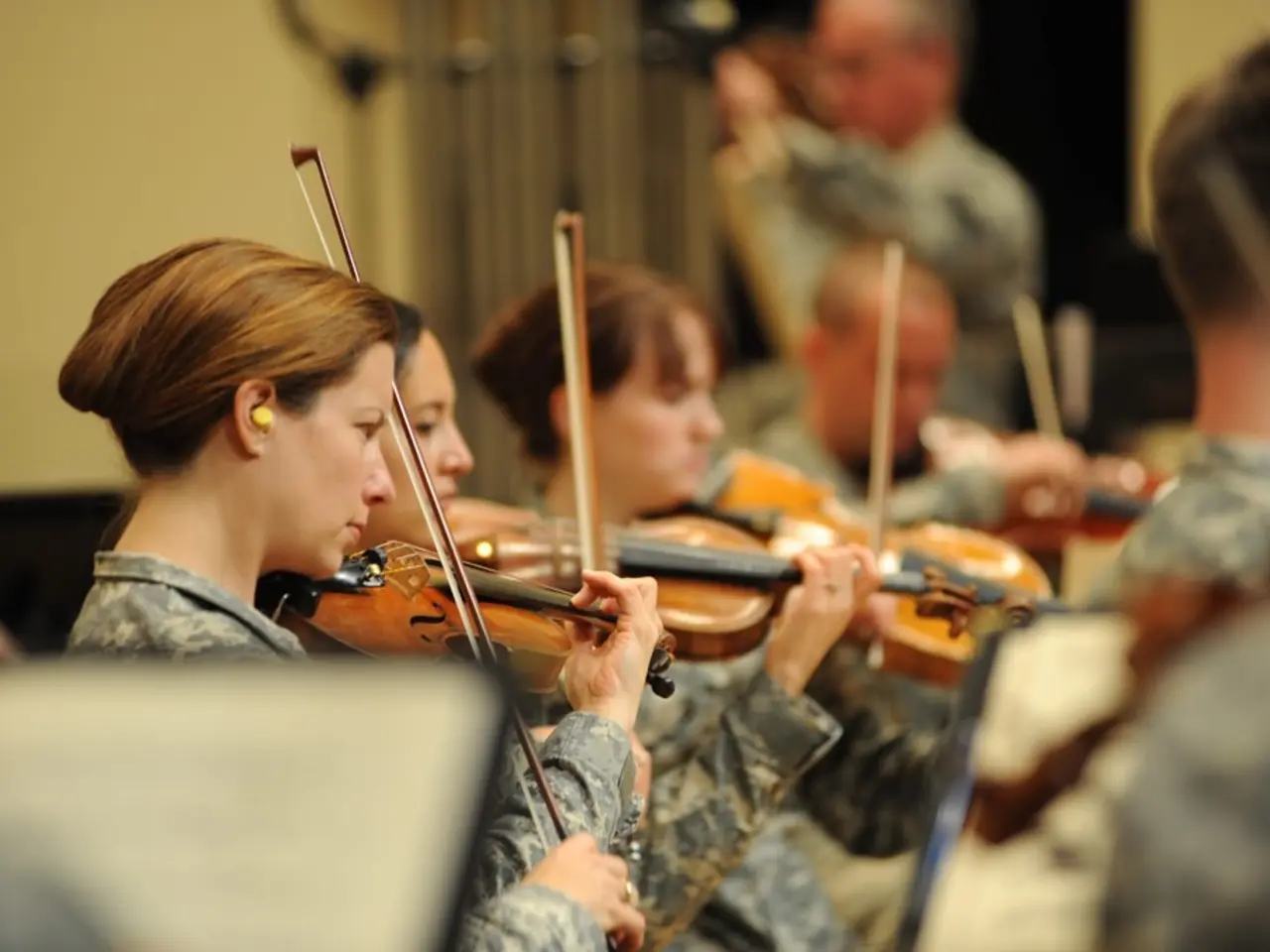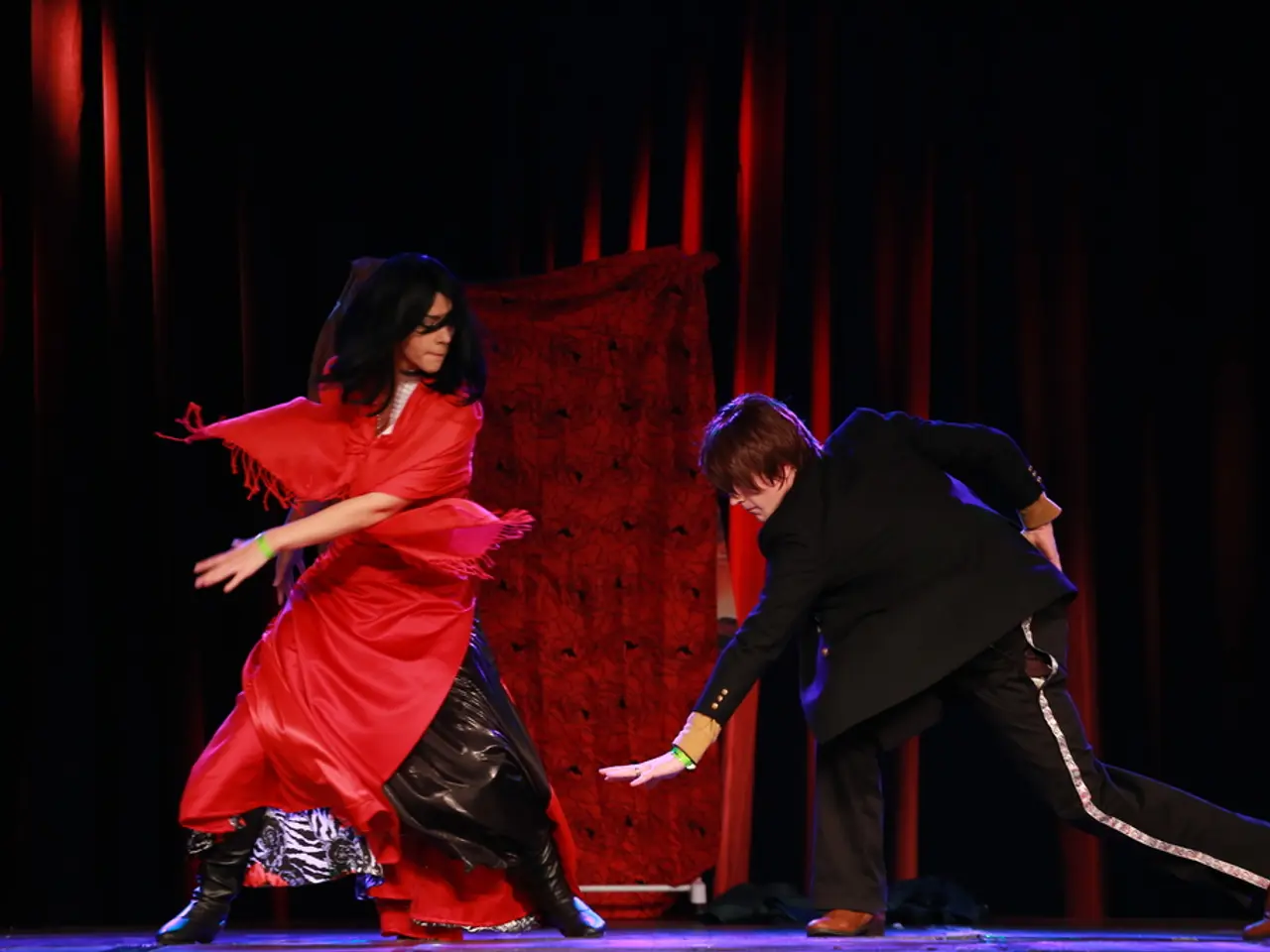Dialogues: Epistles from Brooklyn
In the heart of Williamsburg, Brooklyn, a unique musical journey unfolded from 2015 to 2019. This was no ordinary music series, but a remarkable venture that brought together elder Satmar Chassidic women in a space of female-led musical engagement, communal bonding, and cultural expression.
At the helm of this movement was Ira Temple, a figure well-known in the New York klezmer scene and a source for the songs in the book "Simkhas Hakhayim". Temple, who has recently gone public with a gender transition, was an active participant in the series, conforming to specific rules around modesty and body-covering to enter the space.
The women Temple worked with were mostly Holocaust survivors born in small towns in Hungary. Their musical knowledge was marked by a great degree of loss, as they recalled their love of symphonic orchestral music they had listened to in their youth before entering the more restrictive space of the American Chassidic community.
The songs in the book range from Yiddish theater warhorses like A Yiddishe Mama to paraliturgical songs like Gales Vi Lang Bistu and Vos Vet Zayn as Meshiakh Vet Kumen. The song selections represent a unique form of reportage on the aesthetics and conceptions of musical tradition among elder Chassidic women.
However, the Chassidic rules of gender in the community can lead to the existence of spaces in which women control their own experience and homosociality can flourish. Temple served as a "secret space" into which the elders could confide their aesthetic desires. The elders also fondly remembered Ehrlich, a well-known musician in the Satmar community, who had sung at their daughter's weddings.
Creating a comfortable, respectful environment that aligns with religious modesty standards while allowing for genuine female musical expression was a significant challenge. Overcoming social stigma or hesitation among participants unused to such public or semi-public musical spaces was another hurdle. Facilitating homosocial flourishing, meaning social bonding specifically among women, which may be restricted outside of home settings, was also a key focus.
Despite the joy and barrier-breaking moments in the music program at the Senior Center, the Chassidic rules of male dominance remained a force and presence. The series went on hiatus during the pandemic, and its future is tied to Temple's gender identity.
Currently, there is a lack of documented analysis of Ira Temple’s series, its impact on this Jewish population’s musical life, or the challenges encountered in creating a space for female musical desires and homosocial flourishing. However, based on available information, such a music series would be significant because elder Satmar Chassidic women are often culturally overlooked, especially regarding public musical expression due to strict gender norms in their community.
- In this unique music series led by Ira Temple, entertainment was not just about the music but also fostered a space for female-led musical engagement, communal bonding, and cultural expression among elderly Satmar Chassidic women.
- Despite the musical knowledge of the women being marked by a great degree of loss, they found a platform in Ira Temple's series to revive and express their love for music, particularly Yiddish theater warhorses and paraliturgical songs.







